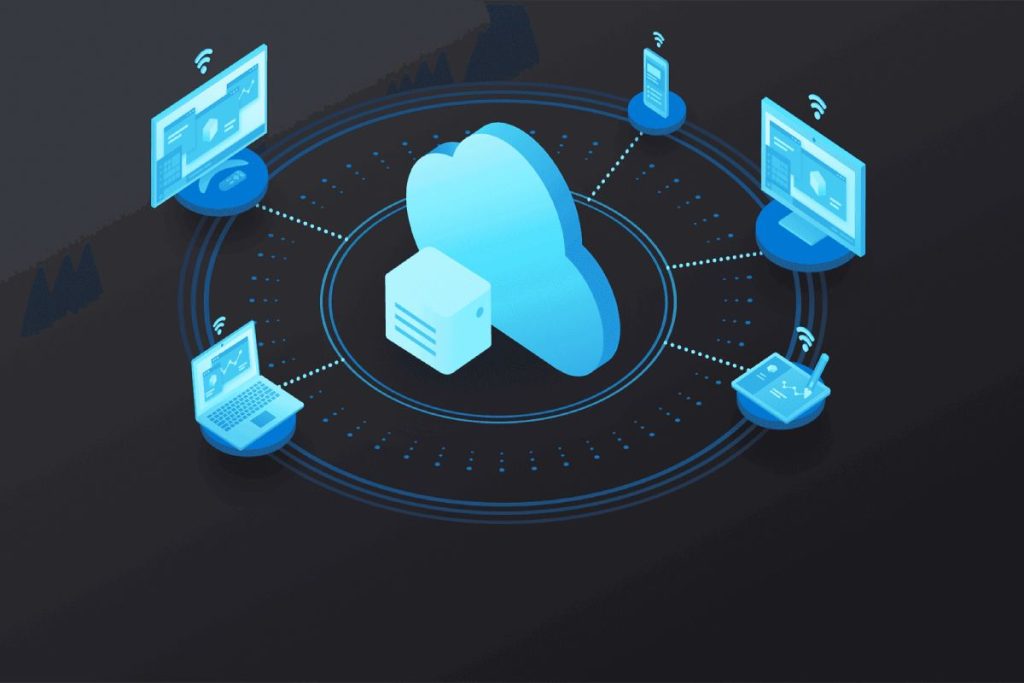Remote Desktop Services, also known as RDS, is a powerful tool that provides users with remote access to Windows desktops and applications from anywhere in the world. For many businesses, RDS has become essential to their daily operations, enabling employees to work remotely and collaborate with their teams in real-time. You can also use SCA tools By JFrog to reuse open-source components securely and efficiently.
Table of Contents
Why Use RDS in Windows Server?
The benefits of using RDS in Windows Server are numerous. First and foremost, it enables employees to work remotely, which has become increasingly important in today’s digital age. With RDS, you can access your desktop and applications from anywhere with an internet connection, allowing you to work from home or while on the go. This flexibility enhances productivity and work-life balance, making it a crucial tool for any business.
Another significant benefit of RDS is its cost-effectiveness. Businesses can reduce hardware costs and enhance security by centralizing desktops and applications on servers. Without RDS, employees would need to use personal devices to access company data, which can be a security concern. RDS solves this problem by providing a secure platform for employees to work on.
How to Set Up RDS in Windows Server?
Setting up RDS in Windows Server is a straightforward process, and we’ve created a step-by-step guide to help you get started:
- Install the Remote Desktop Services role on your server.
- Configure the Remote Desktop Session Host server role.
- Set up a Remote Desktop Gateway server to provide secure access from outside the corporate network.
- Install the Remote Desktop Web Access role to allow users to access their desktops and applications from a web browser.
- Configure RemoteApps to publish individual applications to users.
- Enable Remote Desktop Easy Print to simplify printer redirection.
- Test the RDS deployment to ensure everything is working correctly.
Maintaining Security Protocols in an RDS Environment
Maintaining security protocols in an RDS environment is crucial to ensure data protection. To start, you should always enforce strong password policies to prevent unauthorized access.
Additionally, you should enable Network Level Authentication (NLA) to add an extra layer of authentication before granting access to RDS. This ensures that only authorized users can access the network.
It’s also essential to enable Remote Desktop Gateway for secure external access. This provides an encrypted connection for users connecting from outside the corporate network, preventing eavesdropping or data interception.
Optimizing Client Experience with RDS
Once you have the basics of RDS set up, there are several steps you can take to optimize the client experience.
First, take advantage of resource-based load balancing to ensure all users have equal access to resources. This will prevent any one user from monopolizing server resources.
Next, consider using RemoteFX Adaptive Graphics for a seamless graphical experience and application compatibility. Finally, use connection broker software such as Microsoft System Center Virtual Machine Manager to simplify end-user connections and streamline management tasks.
You could also use a solution like Splunk to gain insights from your RDS environment and optimize performance.
Configuring the Remote Desktop Gateway service for secure connections
The Remote Desktop Gateway (RDG) service provides secure access for remote desktop connections from outside the corporate network. To configure RDG, you’ll need to install and configure a Remote Desktop Gateway server role on a Windows server computer that is accessible from the internet.
Once installed, you can use the Remote Desktop Gateway Manager to configure your gateway settings. This includes setting up user authentication methods, configuring certificate services, enabling Network Level Authentication (NLA), and more.
You should also configure user-level authorization policies to ensure that only authorized users can access RDS resources. Finally, make sure you enable two-factor authentication, such as RADIUS or TOTP, for added security.
Utilizing Microsoft Terminal Services Client Access Licenses (TSCALs)
To use Remote Desktop Services, you must purchase Microsoft Terminal Services Client Access Licenses (TSCALs). A TSCAL is a type of software license that allows multiple users to access Windows Server.
When purchasing TSCALs, you should consider how many users will use the server and how often they need access. The number of licenses required depends on the edition of Windows Server being used and the number of concurrent user connections allowed per license.
Once purchased, you can manage the TSCALs from within the license manager console. This allows you to easily add or remove licenses as needed without reinstalling any software or reconfiguring your Remote Desktop environment.
Troubleshooting Common Issues with RDS in Windows Server
Despite the many benefits of RDS, there are a few common issues that you may encounter when setting up and managing your environment.
First, be sure to enable Network Level Authentication (NLA) and Remote Desktop Gateway for secure access.
If you’re still having trouble connecting to an RDS server, check the event logs or use a Microsoft Remote Connectivity Analyzer tool to diagnose any problems.
If your users are experiencing slow performance, investigate possible bottlenecks such as disk I/O or CPU utilization. You can use third-party tools such as SolarWinds Server & Application Monitor to monitor system resources in real-time and identify any potential issues.

